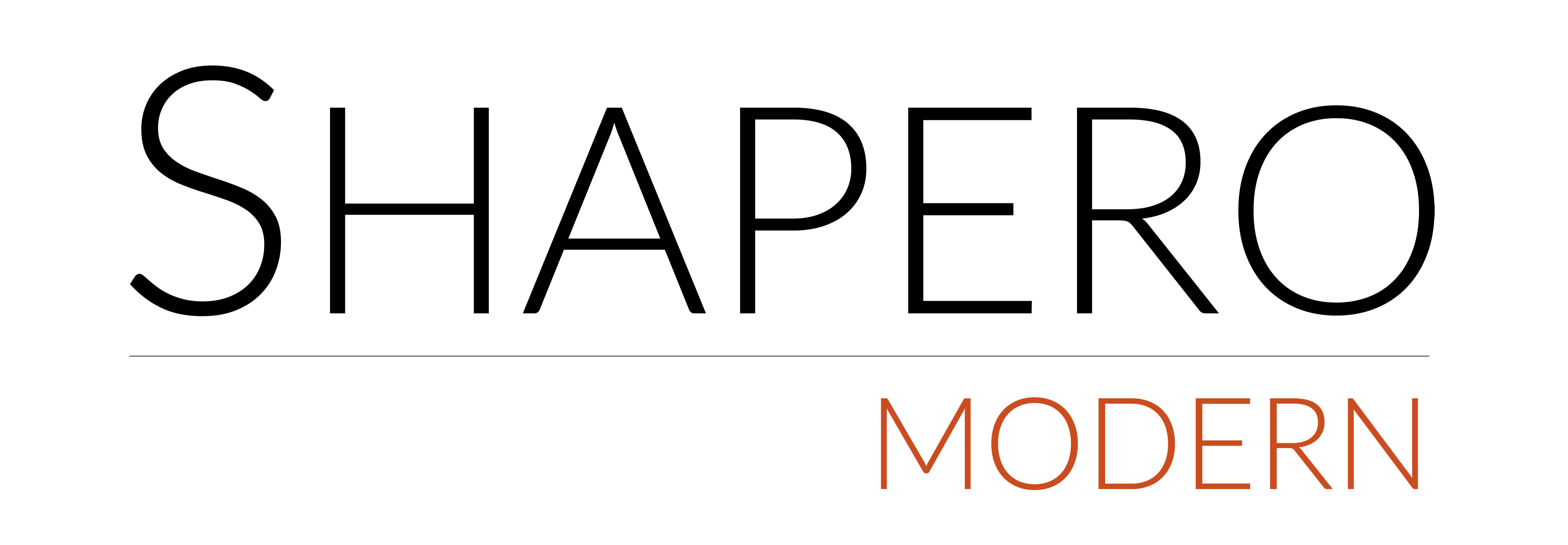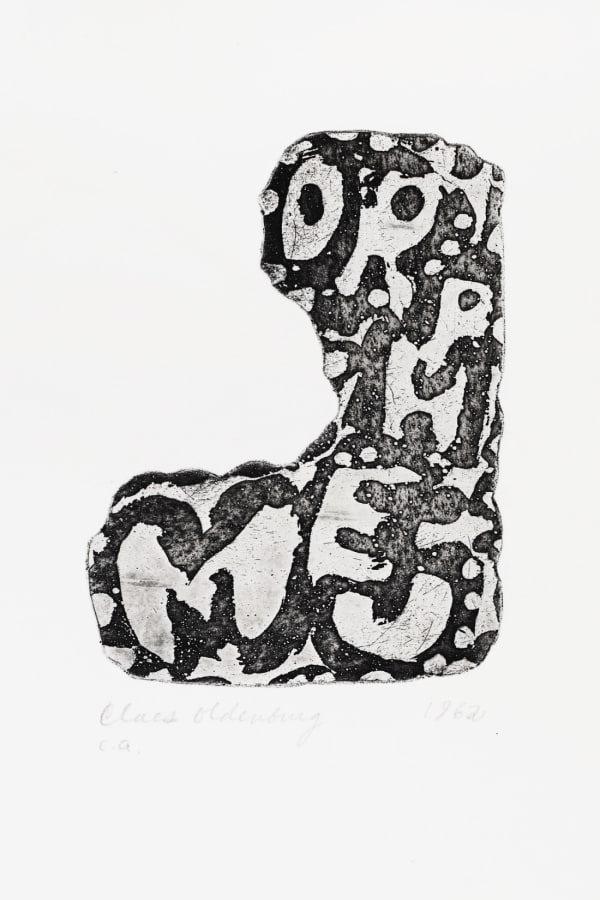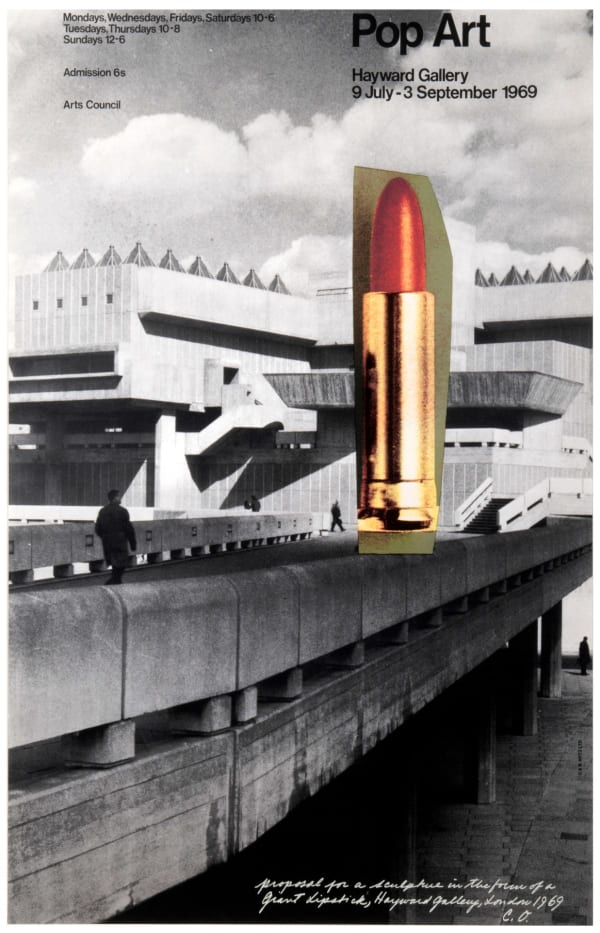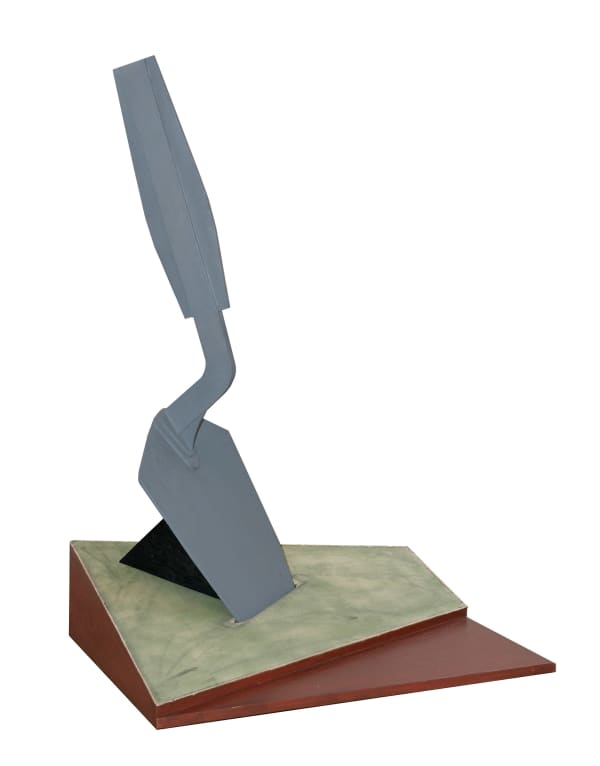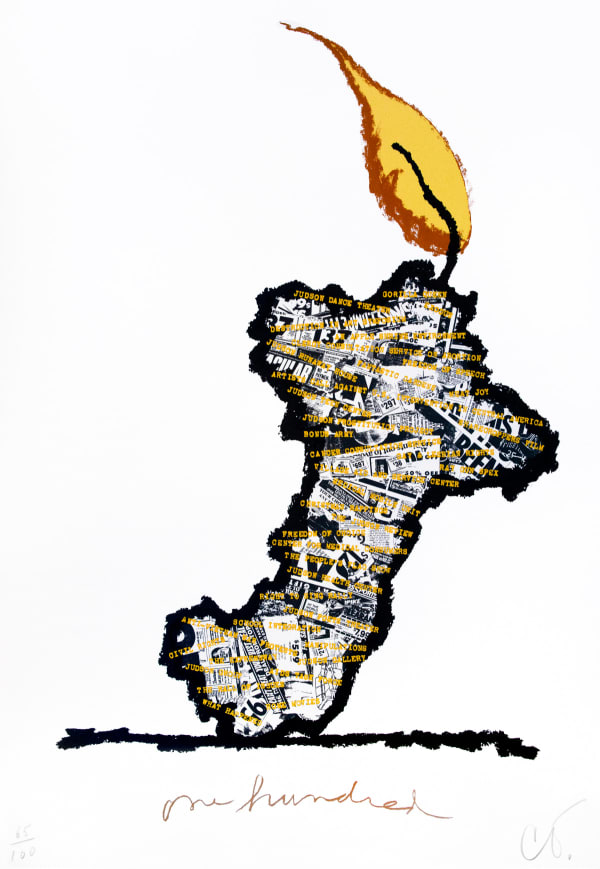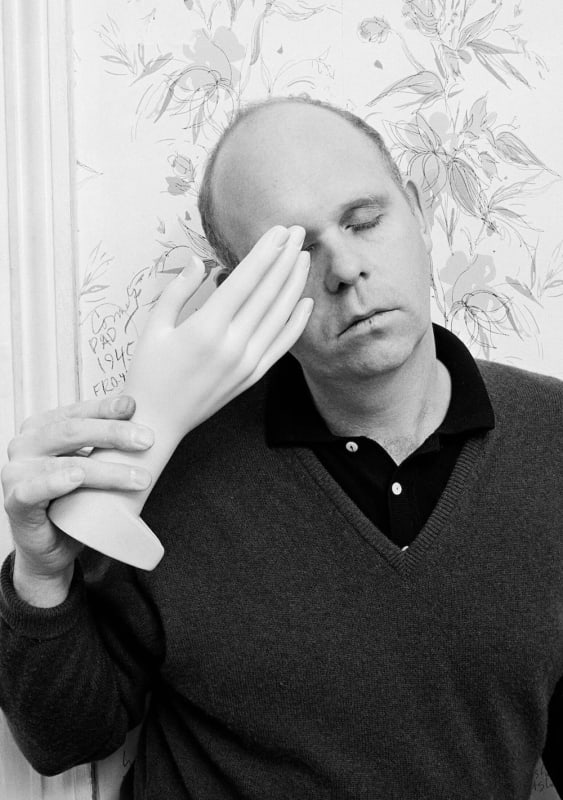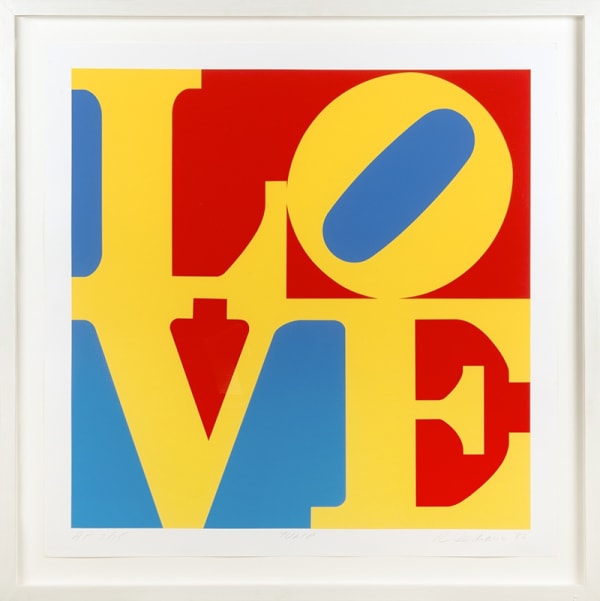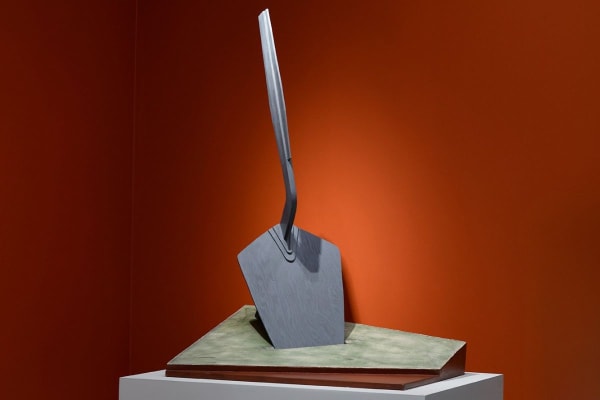Claes Oldenburg
Because my work is naturally non-meaningful, the meaning found in it will remain doubtful and inconsistent - which is the way it should be. All that I care about is that, like any startling piece of nature, it should be capable of stimulating meaning.
Claes Oldenburg (1929–2022) was a pioneering figure in contemporary art, celebrated for his playful, oversized sculptures and innovative approach to everyday objects. A key contributor to the Pop Art movement, Oldenburg challenged traditional notions of sculpture by transforming mundane items—such as food, clothing, and tools—into bold, often humorous artworks. His editioned works and multiples demonstrate his creative versatility and reflect his deep interest in scale, material, and form.
Explore rare and limited multiples by Claes Oldenburg available at our gallery.
Enquire NowRelated Artists
-
 Orpheum Sign, from the International Anthology of Contemporary Engraving: The International Avant-Garde: America Discovered, volume 5, 1964 portfolio, 1962
Orpheum Sign, from the International Anthology of Contemporary Engraving: The International Avant-Garde: America Discovered, volume 5, 1964 portfolio, 1962 -
 Tea Bag, from the portfolio 4 on Plexiglas, 1966
Tea Bag, from the portfolio 4 on Plexiglas, 1966 -
 Fire Plug Souvenir - "Chicago August 1968", 1968
Fire Plug Souvenir - "Chicago August 1968", 1968 -
 Fagend Study, 1968
Fagend Study, 1968 -
 Pop Art, 1969
Pop Art, 1969 -
 Sculpture in the Form of Trowel Stuck in the Ground (Model), 1969
Sculpture in the Form of Trowel Stuck in the Ground (Model), 1969 -
 M. Mouse (with) 1 Ear (equals) Tea Bag Blackboard Version (1965), from the New York Collection for Stockholm portfolio, 1973
M. Mouse (with) 1 Ear (equals) Tea Bag Blackboard Version (1965), from the New York Collection for Stockholm portfolio, 1973 -
 Soft Alphabet, 1978
Soft Alphabet, 1978 -
 Screwarch Bridge (State II), 1980
Screwarch Bridge (State II), 1980 -
 Broken Button, 1981
Broken Button, 1981 -
 Souvenir of Documenta 7: Beschmierter Friderico, 1982
Souvenir of Documenta 7: Beschmierter Friderico, 1982 -
 Tilting Neon Cocktail, 1983
Tilting Neon Cocktail, 1983 -
 Profiterole, 1989
Profiterole, 1989 -
 Centennial Print, Judson Memorial Church, 1990
Centennial Print, Judson Memorial Church, 1990 -
 The Soap at Baton Rouge , 1990
The Soap at Baton Rouge , 1990 -
 Museum à la mode, from the Museum für Moderne Kunst portfolio, 1994
Museum à la mode, from the Museum für Moderne Kunst portfolio, 1994 -
 Notebook Torn in Half (State I), 1997
Notebook Torn in Half (State I), 1997
Send me more information on Claes Oldenburg
Claes Oldenburg (1929–2022) was an American sculptor and pop artist known for his playful and larger-than-life works that blurred the boundaries between art and everyday life. Born in Stockholm, Sweden, he immigrated to the United States with his family in 1936 and later studied at Yale University (B.A. in Literature and Art History, 1950) and at the School of the Art Institute of Chicago (1950–1954).
Throughout his career, Oldenburg experimented with a variety of materials and forms, from soft sculptures made of fabric and vinyl in the early 1960s to monumental public sculptures in steel and concrete from the 1970s onward. His works often drew inspiration from everyday objects such as food, clothing, and household items, which he reimagined on a massive scale to create striking and surreal visual experiences.
One of Oldenburg's most famous works was The Store (1961), a temporary installation in New York that featured a storefront filled with sculptural versions of everyday items such as hamburgers, typewriters, and shoes. The installation challenged traditional ideas of what art could be, blurring the line between art and commerce and highlighting the beauty and absurdity of the objects people encountered in daily life.
Oldenburg’s works were highly prized by collectors for their bold and playful imagery, often featuring his signature oversized forms and vivid colours. His sculptures were exhibited in major museums and galleries worldwide, including the Museum of Modern Art in New York, the Tate Gallery in London, and the Centre Pompidou in Paris. Over the decades, he received numerous awards, including the National Medal of Arts in 2000.
We are pleased to announce our forthcoming exhibition, Claes Oldenburg: Multiples, opening 8 May at Shapero Modern. Join us to explore how this visionary artist redefined the landscape of contemporary art through his playful and provocative editioned works.
-

Summer Exhibition 2025
The Pop Art movement and its evolution into the present day 10 Jul - 31 Aug 2025This summer, Shapero Modern is presenting a stunning group exhibition featuring blue-chip artists whose bold, colourful prints have come to define the Pop Art movement and its evolution into the...Read more -

Claes Oldenburg: Multiples
The first London exhibition of Oldenburg's Multiples 8 May - 7 Jul 2025The first London exhibition of Oldenburg's Multiples opens at Shapero Modern on Bond Street Shapero Modern is pleased to announce the opening of an exhibition of Claes Oldenburg's Multiples -...Read more
-
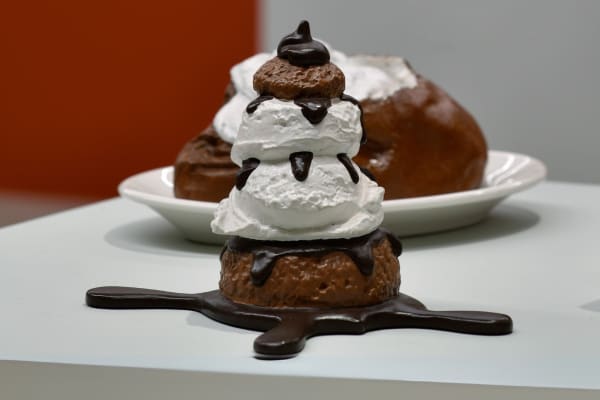
Icons of Pop Art
The revolutionary artworks of four icons of American Pop Art Jun 2, 2025Robert Rauschenberg, Signs , 1970 Robert Rauschenberg (1925–2008) was instrumental in establishing Pop Art in the United States. His innovative ‘Combines’ fused painting and sculpture...Read more -
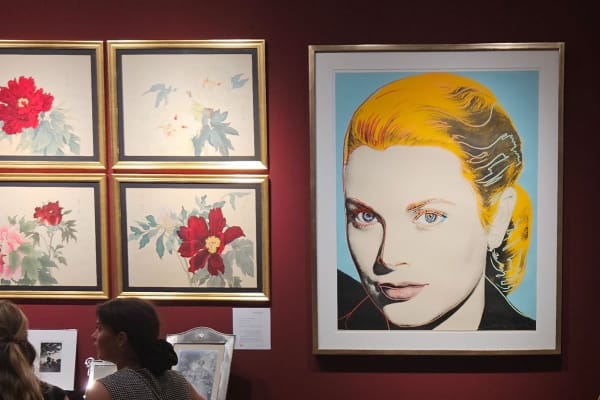
Summer Exhibition 2025
The Pop Art movement and its evolution into the present day Jun 13, 2025Robert Indiana , Tulip from A Garden of Love (1982) Andy Warhol , Grace Kelly (1984) Among the featured artists is Robert Indiana , whose...Read more -
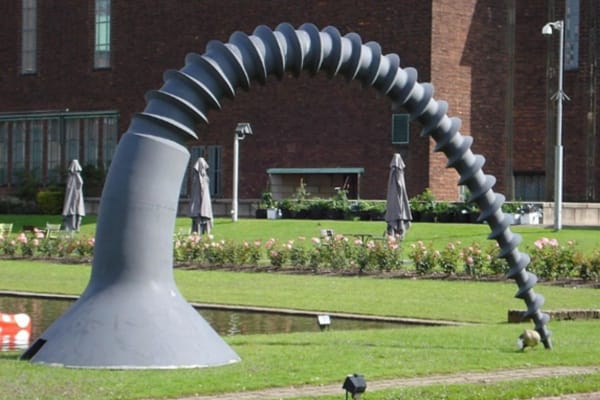
Making the Mundane into the Monumental
Turning the Everyday into the Colossal May 29, 2025Claes Oldenburg, Sculpture in the Form of a Trowel Stuck in the Ground (Model) , 1969 Otterlo kunstwerk Trowel (Wikimedia Commons) Turning the Everyday into...Read more -
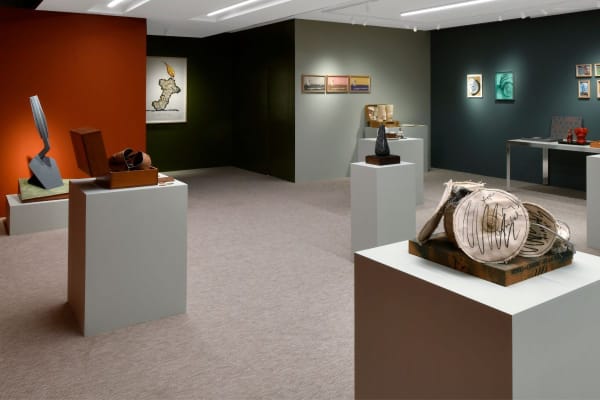
ARTIST SPOTLIGHT
5 Fascinating Facts about Claes Oldenburg May 22, 20251. From Sweden to America Claes Oldenburg (2012) [Wikimedia Commons] Born in Sweden, Oldenburg moved to the United States as a child and grew up...Read more
